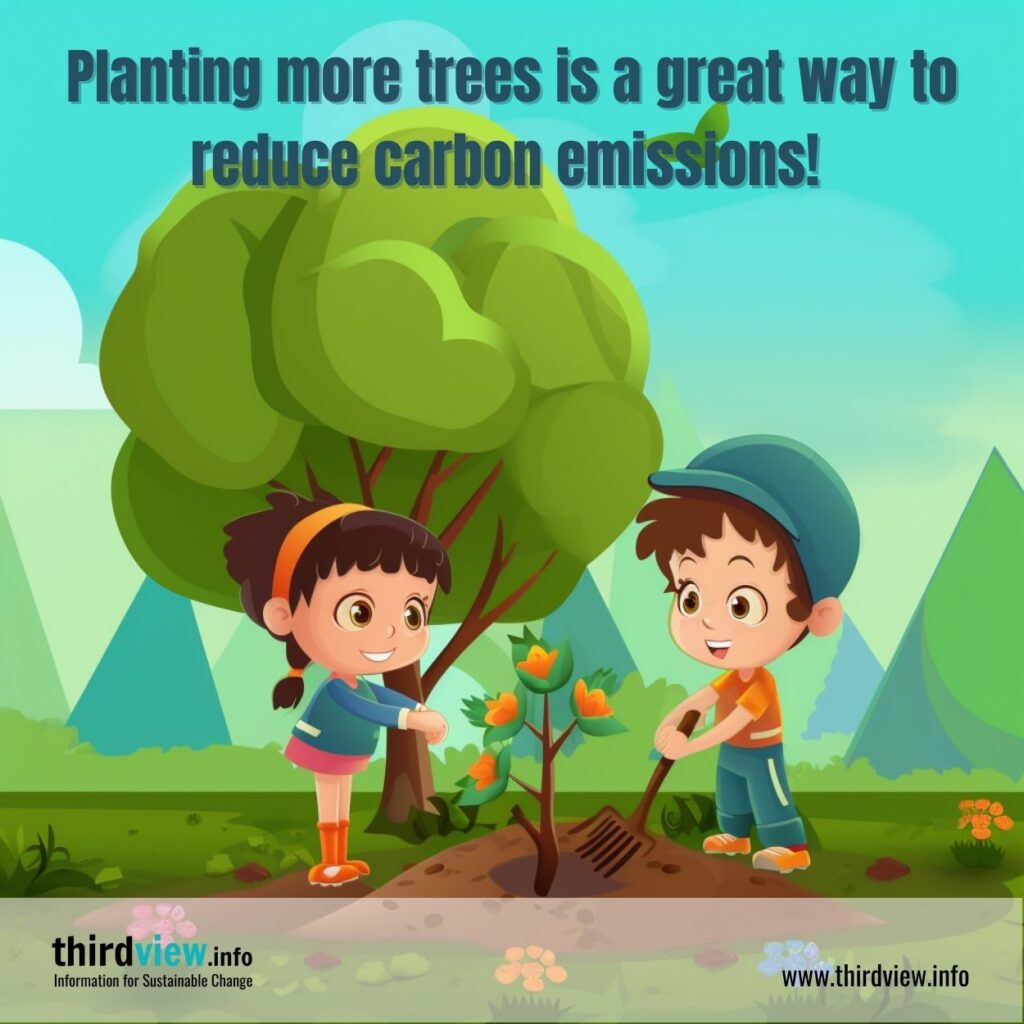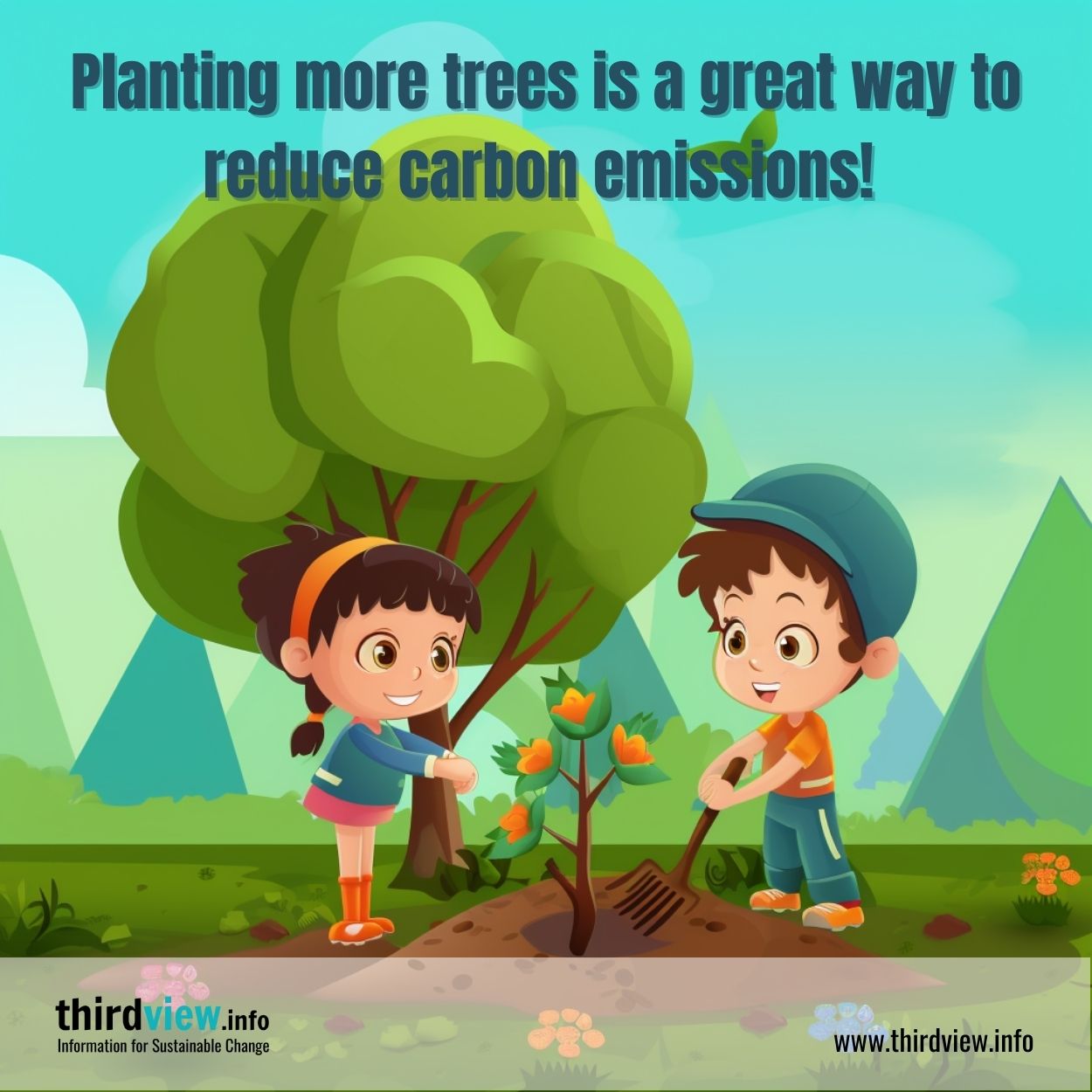In recent years, the idea of planting trees as a way to offset carbon emissions has become increasingly popular. While planting trees is certainly a great way to help reduce carbon emissions and fight climate change, it’s important to understand all aspects of the issue before deciding whether or not it’s the right strategy for you. Let’s take a look at the pros and cons of planting trees to offset carbon emissions.
The Benefits of Tree Planting
Trees are incredibly efficient at removing carbon dioxide from the atmosphere. This process, called sequestration, helps reduce atmospheric concentrations of carbon dioxide and other greenhouse gases that contribute to global warming. In addition to helping mitigate climate change, trees can also help reduce air pollution by filtering out harmful particles from the air. They also provide habitat for animals and birds, help keep soil healthy, and can even improve water quality in rivers and lakes.
In addition to their environmental benefits, planting trees can also be an economically beneficial endeavour. Tree plantations are becoming increasingly popular investments due to their potential for generating revenue through timber sales and other products like rubber, fruit, nuts, and essential oils. They can also create jobs for local communities by providing employment opportunities in forestry management activities such as planting, tending and harvesting trees.
The Challenges of Tree Planting
Unfortunately, tree planting alone is not enough to solve the climate crisis. For starters, planting trees takes time–it could be decades before newly-planted trees have any noticeable effect on carbon levels in the atmosphere. Additionally, there are practical challenges associated with tree planting; for example, finding suitable land for planting can be difficult in urban areas or areas where forests have already been cleared for agricultural use. While trees do absorb CO2 while they grow, they release some of that CO2 back into the atmosphere when they die or are cut down–so we need to ensure that new trees are planted as quickly as old ones are removed if we want this strategy to be successful long-term. Finally, monoculture tree plantations can be environmentally damaging if they replace existing forests or introduce invasive species into new ecosystems.
Tree planting can be an effective way of reducing carbon emissions in certain circumstances—but it’s not a magic bullet for solving the climate crisis. We need to focus on reducing our reliance on fossil fuels so we can dramatically cut down on our emissions–and then tree planting can supplement this reduction with additional sequestration benefits over time. To make sure this approach works effectively in the long run, we must also actively manage our forests so that dead wood is removed quickly, and new trees are planted just as quickly as old ones are removed. With careful planning and management, tree planting can play an important role in helping us meet our ambitious climate goals—but it’s only one part of the puzzle.


